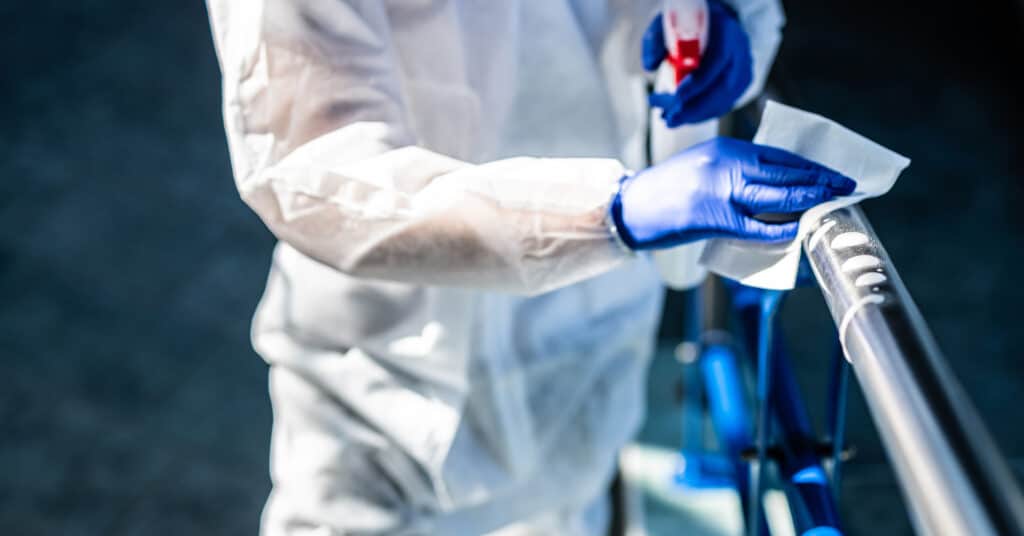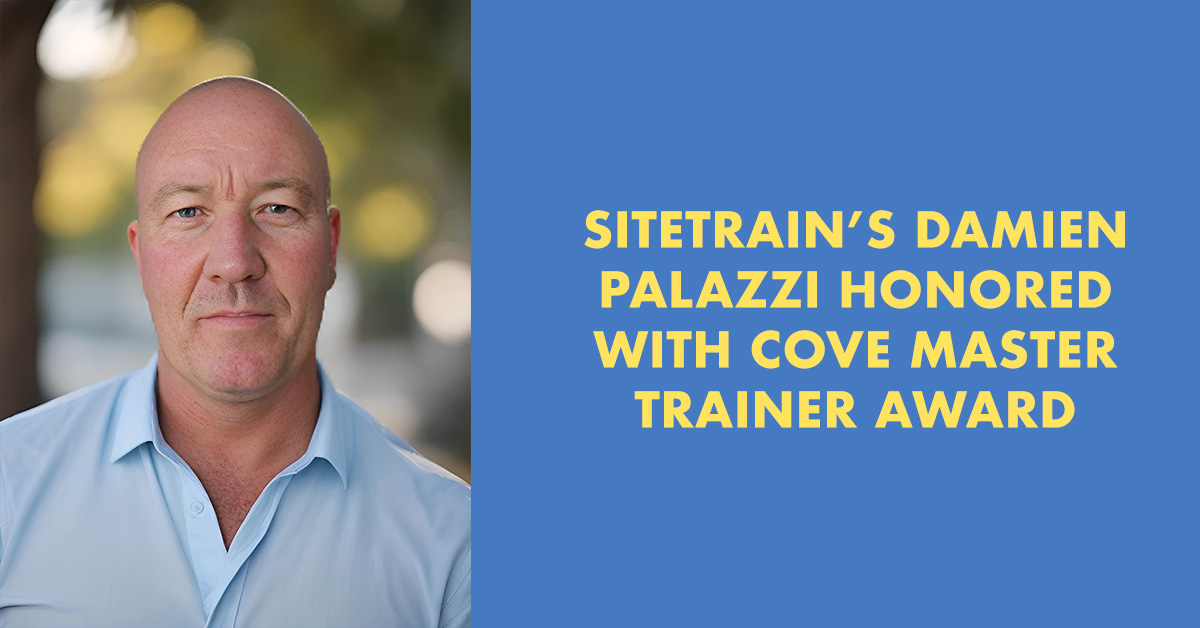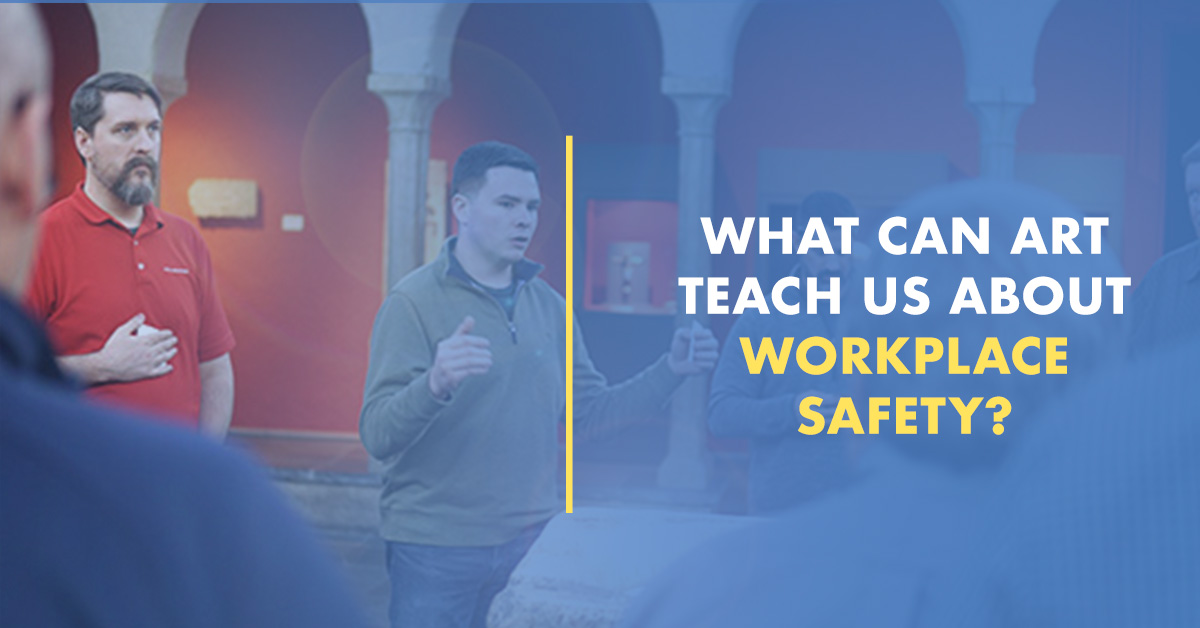The topic of “return to work” is certainly front and center as we approach the beginning of May. While many organizations have continued to operate during the COVID-19 situation under the definition of essential businesses, there are many who have not – especially consumer facing businesses such as retail businesses, bars and restaurants. All will face the challenge of what “return to work” means to them and how they keep employees and customers safe from the virus.
Returning Safely To Work After COVID-19
For the many businesses that have continued to operate, there is much to be learned from the actions that they have taken and the solutions they have developed to operate safely. While I know that this has been challenging, I am encouraged that we have heard little about outbreaks associated with essential businesses (excluding long-term care facilities). There have been a few problem situations, but less than I might have expected. We can learn from these problem areas as well.
At some risk of underplaying the challenges of COVID-19, I do believe that COVID-19 represents a different kind of hazard – but a hazard none the less. This is something that safety professionals are good at. Identifying hazards and applying the necessary controls. In this particular case and with health related hazards overall, it is good that we also engage our medical professionals in the education and risk assessment process.
As many of others have also shared, thinking about controlling the exposure to COVID-19 in our workplaces by utilizing the Hierarchy of Controls is an effective way to decide what to do in a health related exposure as much as it is in a traditional safety exposure. The control philosophies are the same and the health related exposure doesn’t exclude it from normal process considerations. Defining the appropriate PPE, Administrative Controls, Engineering Controls, and Elimination steps are all effective as a framework for your COVID-19 program as it is in our normal operating environment. I think learning from what is working in essential businesses today and structuring that learning as the Hierarchy of Controls provides a valuable best practice sharing opportunity.
So how does our work in visual literacy matter to something so unique as COVID-19? It is true that we have no chance of “seeing” the virus itself using visual literacy tools and techniques. But what we can see are the conditions that exist that may expose our people to the spread of this virus. We can use our visual literacy capabilities to see where interactions exist between people, surfaces that people touch that may be contaminated, effective application and compliance with PPE and new operating rules that help minimize potential exposure to the virus.
Whether a virus or a trip hazard, it is all about what we see – what it means – and what we do about it!
Let’s learn from those who have been successful so far, but let’s also “see” our own environments in a more disciplined way to identify the hazards that exist do to the virus and control them so we can protect our team.
If you’re interested in learning more about the Visual Literacy tools we use to help people identify hazards – or to be better at identifying the conditions where exposure to this virus may be present, register for our upcoming virtual workshop on May 19th. Register or learn more!




